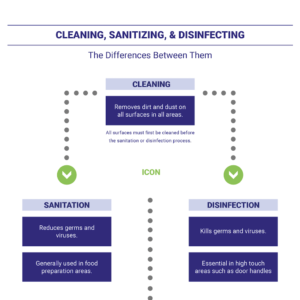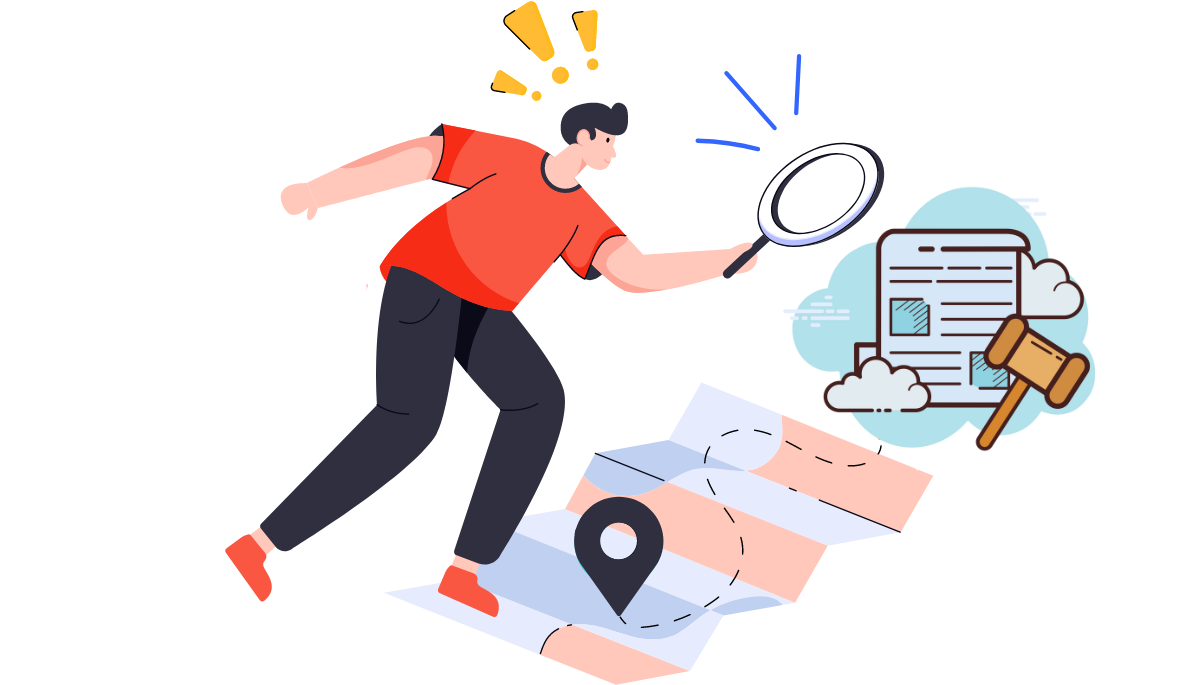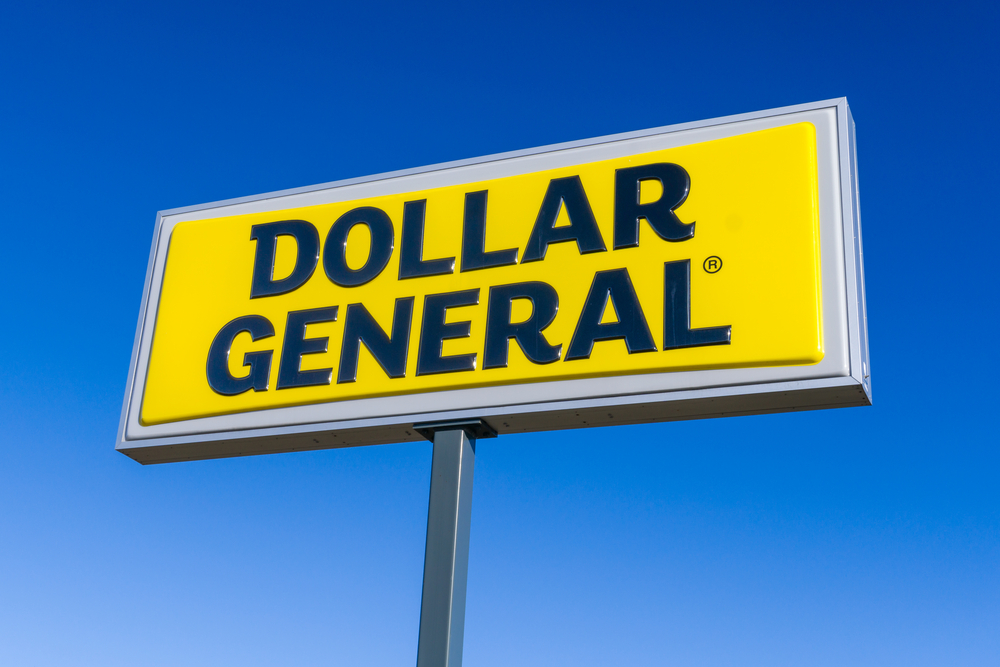As with every industry, 2020 proved to be an interesting year for companies in the janitorial industry. In this article, we will share some things we learned in 2020, and what you might expect from the industry in 2021.
1. There is an important difference between cleaning, sanitizing, and disinfecting
Before COVID, these terms were used interchangeably. However, we quickly discovered these terms are quite different. The EPA makes a clear distinction between these terms: Cleaning is done with water, a cleaning product, and scrubbing. Cleaning does not kill bacteria, viruses, or fungi, which are generally referred to as “germs.” Cleaning products are used to remove germs, dirt, and other organic material by washing them down the drain. Sanitizing and disinfecting products are chemicals that work by killing germs. These chemicals are also called antimicrobial pesticides…Disinfectants kill more germs than sanitizers. In most cases, a cleaning product is used first. Then the surface is either sanitized or disinfected when it is necessary.

WHAT THIS MEANS FOR YOU: Your cleaning team should continue to perform routine cleaning of all surfaces and disinfect high touch surfaces like doorknobs, light switches, door handles, etc. It also means that you can remove the term “sanitize” from your scope of work in most cases – as in “sanitize all water fountains” – you really want them to be disinfected.
2. Many “disinfecting experts” emerged during 2020, some with unproven claims
This is unfortunate, and has created confusion in the market. Here is a claim on one website: Our comprehensive sanitation service uses EPA-approved products that are proven to disinfect surfaces around your home and business. BioProtect™ is an antimicrobial, water-based substance that has been proven to eliminate SARS-CoV-2 on surfaces for up to 6 weeks. This is simply not true. Here is what the EPA states regarding these products/claims: EPA has not evaluated the efficacy of any products claiming long-lasting efficacy against viruses. Therefore, there are no EPA-registered products with label claims that they are effective against viruses over the course of hours to months (i.e., “residual” or “long lasting” efficacy claims).
WHAT THIS MEANS FOR YOU: Purchasing services/products that claim to make surfaces resistant to COVID-19 is not a wise use of resources. Tactics such as social distancing, wearing masks, and frequently cleaning and disinfecting surfaces are the best line of defense for your facility. Screening team members and visitors before entry continues is also a good practice. Keeping your facility safe and clean is not overly complex, but it does require that you have a good plan and a good commercial cleaning partner.
3. There was confusion around what to do if someone at your facility is sick or has a COVID-19 diagnosis
To a certain degree, there still exists some confusion around this topic. The CDC provides guidelines on their website regarding this topic: https://www.cdc.gov/coronavirus/2019-ncov/community/disinfecting-building-facility.html. Unfortunately, many businesses simply cannot wait 24 hours to clean and disinfect an area as suggested by the CDC.
WHAT THIS MEANS FOR YOU: While the advice seems somewhat like a broken record, it is best is to simply clean and disinfect the area using an approved disinfectant when you have a reported COVID-19 diagnosis. Electrostatic disinfectant sprayers are good tools for quickly disperse and coating surfaces.
4. Having plenty of resources and “boots on the ground” is important
Two of the great challenges in 2020 were (1) finding good information and then (2) finding a vendor who had the resources and expertise to quickly respond to the increased need for cleaning and disinfecting. Buildings served by vendors who did not have enough resources (people, equipment, and knowledge) were at a significant disadvantage.
WHAT THIS MEANS FOR YOU: Partnering with commercial janitorial company with adequate resources and expertise has never been more important. Selecting a commercial janitorial service provider based primarily on price could be a recipe for trouble. Finding a commercial janitorial service with a regional focus may prove to be the best bet ahead. The regional provider is able to offer the “hometown feel” of a Small, local vendor, but with the resources of a national company.
5. Having a monthly cleaning and disinfecting budget less than $10K/month could be problematic
Unfortunately, the pandemic was tough on certain commercial cleaning companies, especially those with a large portfolio of commercial office spaces and other facilities who were vacated when employees were sent to work from home. It was tough enough that many of these companies were forced to close their doors. In the city where we are headquartered, one such cleaning company notified their customers on THE day that they were going out of business, leaving their customers to scramble to find another vendor. After gathering the data and proposing prices to these “displaced” companies, we discovered that this vendor had grossly underestimated the required man-hours and market wages, and as such, their prices were not sustainable.
WHAT THIS MEANS FOR YOU: If your building has 500 or more building users (employees, patients/providers, students, visitors), you should be increasing your annual budget for commercial cleaning services. For example, in our service region, an cleaning rate of $18.50/hour is a reasonable – rate includes wages, wage related costs, janitorial supplies and equipment, oversight, and mark-up. A facility with 500 or more users per day is likely going to require at least 20 man-hours per day to clean. For five day per week service, this equates to roughly $8,000/month just to perform the daily/evening cleaning. If your needs include a day porter(s), it is easy to see that a budget of less than $10K might not support your cleaning and disinfecting needs.






